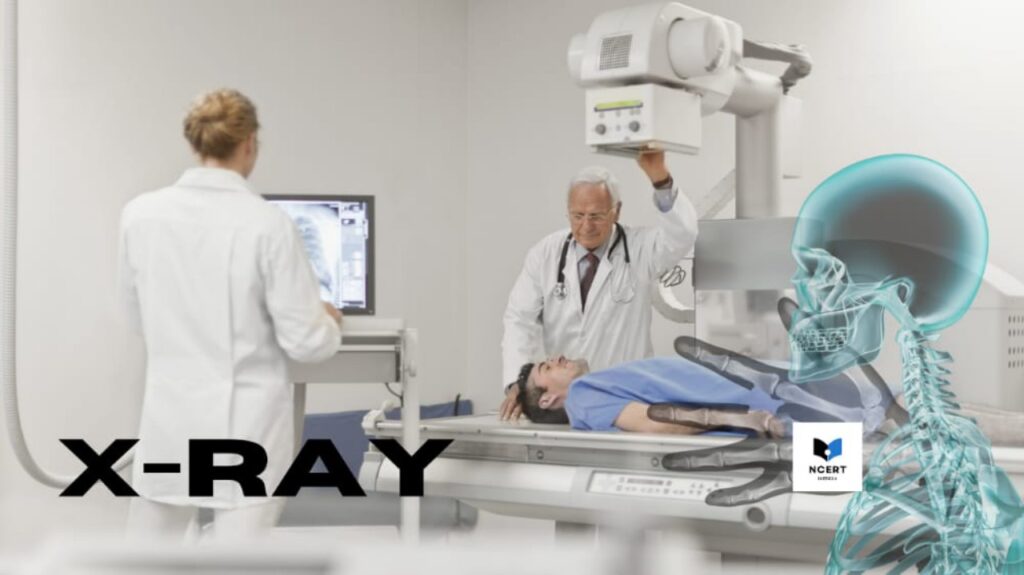X-ray is a type of radiology test in which pictures of internal organs of the body are taken with the help of X-ray rays.
X-rays do not cause any pain, and there is usually no big harm in getting X-rays properly (the risks associated with it are described below). So let’s know about it –
What is X-ray
This allows the doctor to take pictures of the inside of your body without making any incisions. This helps them to diagnose, monitor and treat many diseases.
For example, your doctor may recommend a mammograph to examine your breasts. Or they may order an X-ray with a barium enema to examine your gastrointestinal tract.
What is the purpose of X-ray?
Your doctor may prescribe an X-ray in the following situations:
- To examine an area where you are experiencing pain or discomfort.
- To monitor diseases such as osteoporosis.
- To check how well the prescribed treatment is working.
Apart from these, many other symptoms or diseases may also require X-ray, for example:
- Bone cancer
- Breast tumor
- Increase in heart size
- Blockage in blood vessels
- A condition affecting your lungs
- Constipation or other digestive complaints
- Any kind of infection
- Osteoporosis
- Gout
- Tooth decay
Before it
X-rays are a simple procedure. In most cases, you don’t need to do any special preparations before having it.
Generally, it can be asked to take just these two precautions:
- You may be asked to wear loose, comfortable clothing, such as a hospital one, before it.
- Before being taken for an X-ray, you will be asked to remove jewelry or any other metal objects from your body.
In some cases, you may need to take a “contrast dye” before the X-ray. It is a fluid that will help improve the quality of the X-ray images.
Depending on the reason for the X-ray, a contrast dye may be given in different ways:
- Through a liquid that you swallow
- By injection into your body
If you are having an X-ray to examine your gastrointestinal tract, your doctor may ask you to avoid food or drink before the test. And in some cases, the doctor may also ask you to take medicines to clear your stomach.
During X-ray
Once you’re all set, X-ray technicians (called “radiologists”) will take pictures by X-rays. They may ask you to lie down, sit, or stand in as many places during the test as needed.
These pictures may be taken while standing in front of a special plate containing an X-ray film or a sensor.
In some cases, the nurse or technician may ask you to lie down or sit on a special plate.
You are forbidden to move while pictures are being taken. Your test is complete as soon as your radiologist is satisfied with the picture taken.
After X-ray
After the X-ray pictures are taken, you can put on your normal clothes.
Depending on your condition, your doctor may ask you to resume your normal activities or take more rest. Your results will be available to you on the same day or the next day.
What are the risks of this test?
X-rays use small amounts of radiation to take pictures of your body. The level of radiation exposure is considered safe for most adults, but not for growing children.
If you are pregnant or likely to become pregnant, be sure to tell your doctor before it.
If an X-ray has been done to diagnose a painful condition or to help care for the body, such as a broken bone, you may experience pain or discomfort during the test.
In some situations, you may be asked to position your body in a position that causes pain or discomfort while the pictures are being taken.
This is so that the affected part can be properly photographed.
In such a situation, your doctor may ask you to take pain relievers in advance.
If you take a contrast dye before your X-ray, it can cause side effects. These side effects include sore throat, itching, nausea or dizziness.
In very rare cases, the dye can cause serious side effects, such as anaphylactic shock (acute allergic reaction), high blood pressure, or a heart problem.
If you suspect you are having serious side-effect, tell your doctor right away.
What do X-ray Test Results Indicate
If anything is visible in the X-ray as compared to any normal X-ray image, then it is abnormal.
This abnormality can mean the presence of disease or injury, any type of fracture, bone tumor, osteomyelitis, and a degenerative condition of the bones.




